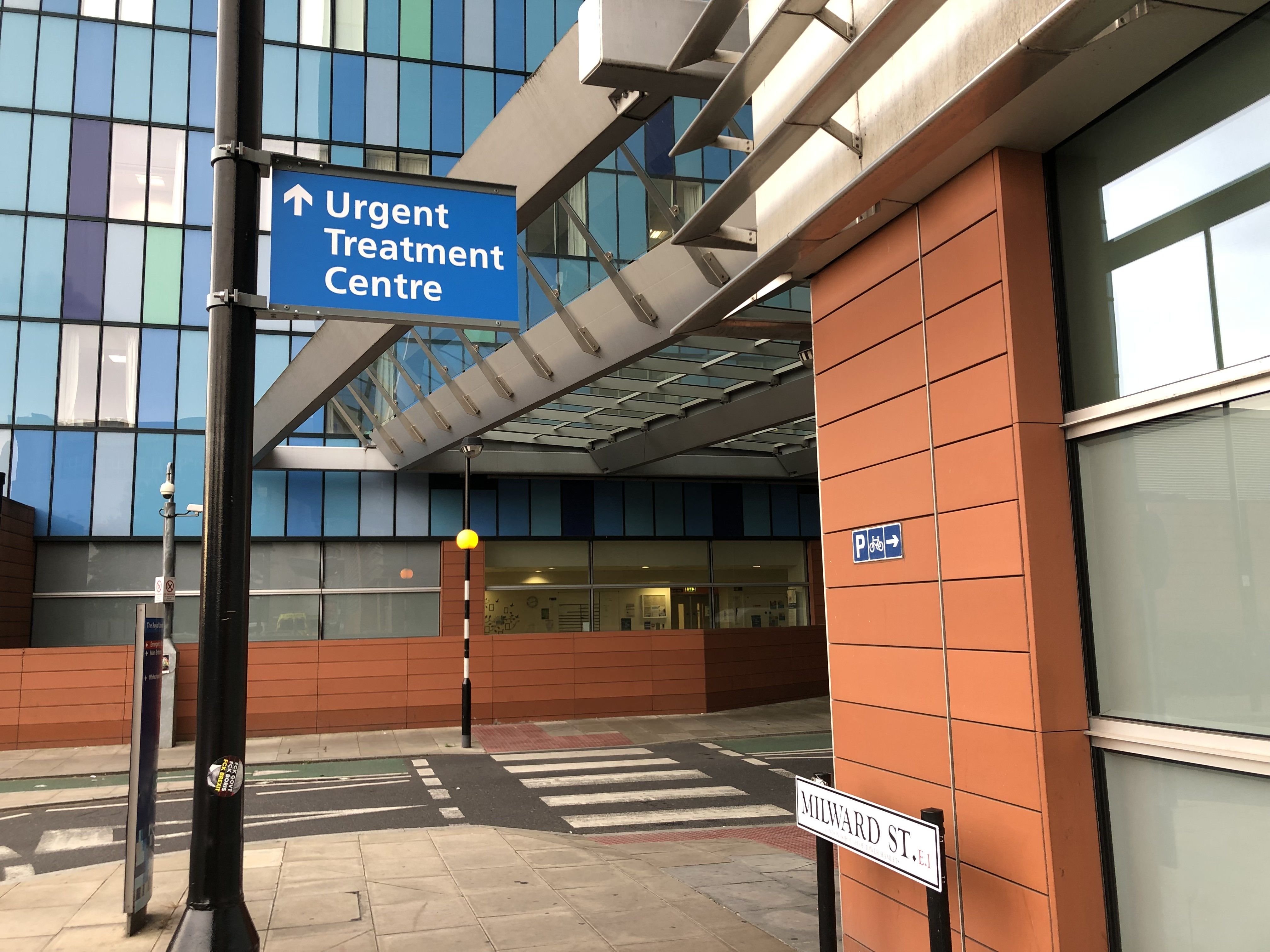

Scenes of ambulances waiting outside emergency departments, patients lined along corridors and exhausted staff dominate recent headlines, prompting urgent calls for action. One proposed solution gaining traction is the expansion of Urgent Treatment Centres (UTCs). However, with a major five-day strike by resident doctors beginning on 14 November 2025, pressure on A&E services may intensify precisely when reform is most needed.
What UTCs Can Deliver, and Why the Doctor Strike Raises the Stakes
UTCs aim to give patients swift treatment for minor injuries and illnesses by offering walk-in assessment, delivering care in community settings and directing people to full emergency services when necessary. UTCs redirect lower-acuity patients from busy A&E departments to ease pressure and speed up handovers. The national framework sets a 15-minute assessment target and requires close links with ambulance services and primary care.
Evaluations show that patients treated in UTCs often report a better experience, and some local data suggest a drop in low-acuity A&E attendances when a fully functioning UTC is available. The effect on overall emergency department performance is more complex and hinges on scale, case mix and whether UTCs form part of a coordinated urgent-care redesign.
The upcoming resident doctor strike adds a significant variable. With thousands of resident doctors out from 7 a.m. on 14 November to 7 a.m. on 19 November, acute trusts are already braced for disruption and reduced inpatient and outpatient capacity. NHS England has instructed trusts to protect emergency care, improve flow and limit cancellations. A&E departments will feel the strain, as reduced medical staffing, slower consultant availability and efforts to keep rotas safe are likely to increase handover delays and lengthen waits.
UTCs at a Crossroads: A Vital Safety Valve or Another Point of Pressure?
In this climate, UTCs face both potential and pressure. Well-directed diversion could ease A&E demand by reducing the number of lower-acuity patients entering an already strained system, giving emergency teams more room to manage complex cases. On the other hand, if UTCs are under-resourced, not operating at full capacity, or poorly linked (especially during strike disruption), they may themselves become bottlenecks or simply shift demand without relieving A&E.
In short, UTCs are a promising component of the strategy to relieve A&E overload, but they are not a panacea. The resident doctor strike underscores the fragility of the system and amplifies the need for robust, integrated alternatives. If UTCs are scaled, funded, integrated and publicised properly, they could play a meaningful role. Without these conditions in place, A&E departments are unlikely to feel any relief and may instead face even greater pressure. The health service now stands at a fork: expand and integrate UTCs as part of a broader urgent-care portfolio, or rely on the same A&E model under strain, with the resident doctors’ walkout looming and winter demand rising. The path chosen will determine not just waiting times, but the shape of urgent care across Britain for years to come.